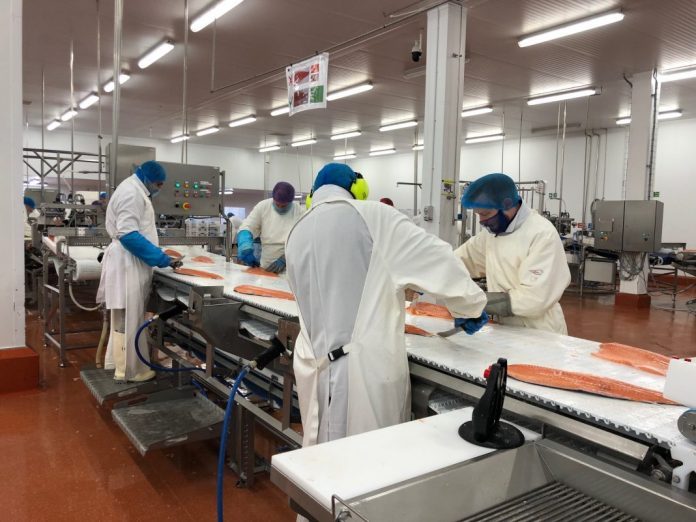SpareBank1 Markets doesn’t anticipate a deeper fall in salmon prices.
While the overall index on the Oslo Stock Exchange has picked up and climbed well after the correction at the end of July-August, seafood stocks have been weak. The seafood sector fell heavily on Monday, down 3.1 per cent, with Mowi, Salmar and Lerøy Seafood being the main contributors to the negative development.
Break-even
A key reason is the salmon price, currently, it is at its lowest level since 2015. Investors seem to be focusing on the downside, and a danger that the salmon price will be “lower for longer”.

4-5 kilos of salmon were traded on Friday for EUR 4-4.2/kilogram, a level approaching break-even for many salmon farmers. Salmon prices have now remained for two consecutive months below the EUR 4/kilogram range.
Read more: Increasing inventories strengthen salmon buyers’ bargaining power – and push the price down
SpareBank 1 Markets salmon analyst Tore Tønseth believes that price formation in the market creates uncertainty, which in turn leads to lower stock prices.
Combination
“The forward curve is relatively stable, so our view is that the fall in prices is a temporary problem, linked to strong growth in the sea in Norway, a change in the purchasing pattern in the EU, together with relatively large volumes out of Scotland. In addition, it will take 2-3 months for demand to be triggered by lower prices, so it is a total combination of factors that will cause price formation in the market to be weak,” he told TDN Direkt.
Furthermore, Tønseth added that SpareBank 1 Markets’ outlook is positive for 2020-2021 and onwards, but believes the market must take on the risk in the short term, something it is now beginning to do.

